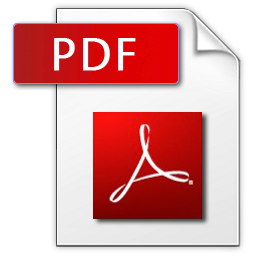Research on Innovation Efficiency Loss of State-Owned Enterprises: An Empirical Analysis in China Based on DEA

Dong Xiaoqing1, Zhao Jian1, Yuan Pengwei1
COMPUTER MODELLING & NEW TECHNOLOGIES 2014 18(12C) 883-889
1 School of Economics and Management, Beijing Jiaotong University, Beijing 100044,China
The efficiency loss of state-owned enterprises has recently attracted increasing interest. In traditional view, it only emphasizes the productivity efficiency loss of state-owned enterprises, while it ignores the innovation efficiency loss. The production efficiency of state-owned enterprises has been improved by series reforms which still can’t solve the problem of inefficient in china. It indicates that there are more critical factors affecting the efficiency improvement. Many qualitative studies have proved the technical innovation is the main factor affecting the efficiency of enterprises, but empirical tests are few. Therefore, in this study, we utilize Malmquist index method based on DEA model to disaggregate, evaluate and test the innovation efficiencies of state-owned enterprises and private enterprises in 5 major Chinese high-tech industries. The results show that except for aerospace vehicle manufacturing industry, the state-owned enterprises’ innovation efficiencies in all the industries are significantly lower than private enterprises’. In a word, the innovation efficiency loss is the main factor which makes state-owned enterprises into survival dilemma.
